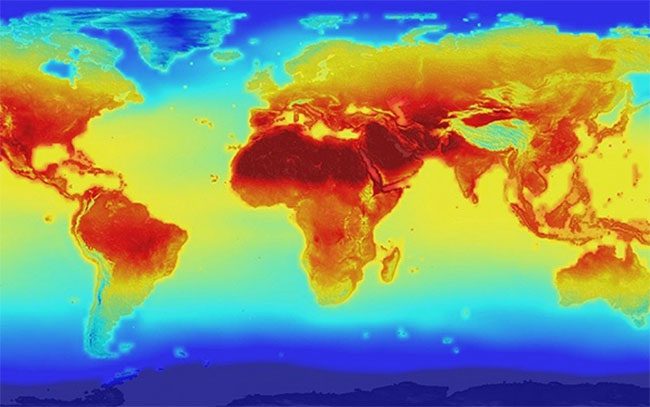A severe drought is currently affecting the southern region of South America, caused by several months of low rainfall combined with high temperatures.

Global Heat. (Photo: NASA).
Uruguay is experiencing its worst drought in 74 years. The government has declared a state of emergency in the capital, Montevideo, which has a population of approximately 2 million, along with surrounding areas due to water shortages. Two reservoirs, the primary water supply for these areas, are nearly dry. Many residents are rushing to purchase bottled water.
President Luis Lacalle Pou has committed that the government will make every effort to ensure a supply of clean water for the population while urgently constructing a new reservoir.
The drought is also severely impacting neighboring Argentina. The production of wheat and soybeans in Argentina, one of the world’s leading wheat exporters, continues to decline sharply.
This shortage of agricultural goods is contributing to the depreciation of the peso, compounded by inflation rising in May to an annual rate of 114%, significantly affecting the lives of many Argentinians.
An important factor believed to be causing the severe drought and low rainfall is that South America is currently experiencing its third consecutive year of La Niña. The region is also undergoing intense heatwaves, with climate change increasing the frequency, intensity, and duration of these events.


















































